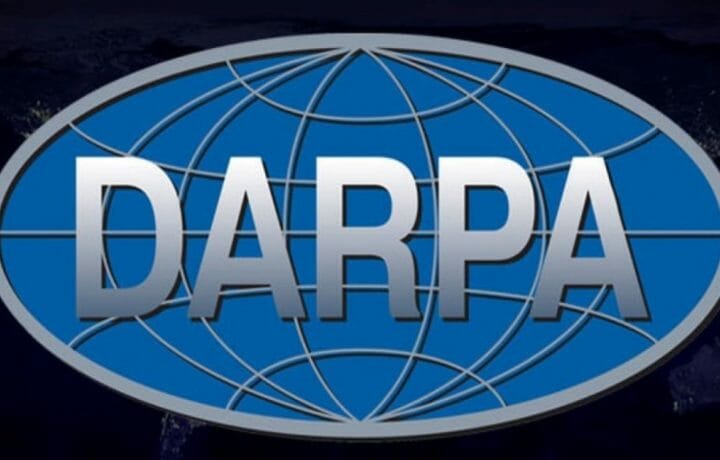The concept of “perpetual motion” involves a device that once set in motion could remain in motion forever, with no additional energy required to maintain it. Such devices are actually impossible due to the first and second laws of thermodynamics. Yet, it is possible to harness some energy of a vehicle in motion to help keep it in motion, which is the case of hybrid vehicles.
Ground vehicles can utilize the energy created during the braking process to recharge a battery for example. The issue gets more complicated with aircraft, even small drones. Apart from solar power, there aren’t many options to create the energy that can keep them aloft, there are now efforts to explore how a drone could be recharged whilst in flight.
One consideration has been to literally shoot laser beams from tanker planes.
The Defense Advanced Research Projects Agency (DARPA), the DoD’s innovative tech unit, has issued a formal request for information (RFI) from private drone makers, as well as related technology companies, to work with its aerial recharging project. Dubbed “Airborne Energy Well,” the goal of this program is to adapt U.S. Air Force KC-46 and KC-135 refueling aircraft with laser energy beaming technologies that could remotely juice up the depleted batters in an unmanned aerial vehicle (UAV).
“This Airborne Energy Well is a potential component of a more expansive energy web of power generation, transfer relays, and receiving solutions, enabling the Department of Defense (DoD) to dynamically allocate energy resources to more flexibly deliver military effects,” the RFI stated.
DARPA noted that the proposed laser solution must have sufficient power for a 100 kW or greater continuous-wave laser, while it must also have a thermal control. The laser should further incorporate processes and components that have achieve technical readiness levels of six or higher.
“Responses to this RFI will be used to inform and explore future programs that advance the ability of airborne assets to dynamically move energy across a network of aircraft equipped with energy beaming and receiving technologies,” DARPA added.
Issues to Overcome for DARPA
Aerial recharging continues to present challenges, and technology analyst Rob Enderle of the Enderle Group explained to ClearanceJobs that there are two issues that any effort will need to address.
“One is maintaining the battery capacity of the charge site, and the other is making the physical connection while both the drone and the charging platform are in the air – where both are moving independently of each other,” said Enderle. “The first requires a relatively heavy platform, which is generally best done with a winged design. Still, it would make docking substantially more difficult, increasing the expense of the drones which would then require far higher tolerance for control and likely better proximity sensors.”
The DARPA approach looks to move beyond docking, and this is where the use of lasers or microwaves as the primary energy transmission tech comes into play. DARPA also has multiple projects related to such technology, including its “whisper beam” radio waves that are being developed to recharge UAV swarms.
The Whisper Beam technology utilizes radio waves that can self-focus at the receiver, which enables the UAV to draw kilowatts of power in all weather. These waves are actually somewhat weak, even directly between transmitter and UAV. Moreover, long-distance power transmission would not be impossible.
Yet, the waves would have some limitations, which is why options to use lasers are now being explored. These could offer a different opportunity, and yet it would present its own challenges. At issue is that such a system would have to work in all sorts of weather conditions, where clouds and dust could interfere with the lasers. In addition, there is also the matter of costs to consider.
“It isn’t a case of being unable to do this but keeping the cost of both the charging platform and drones low,” added Enderle. “These weight and cost problems are one of the reasons that lighter-than-air concepts seem to be more attractive for the charging platform because they don’t require a lot of power for lift, and they can hover in place but are more susceptible to weather changes – particularly wind – then heavier than air hovering designs.”
If only harnessing all the hot air from D.C. was an option.




